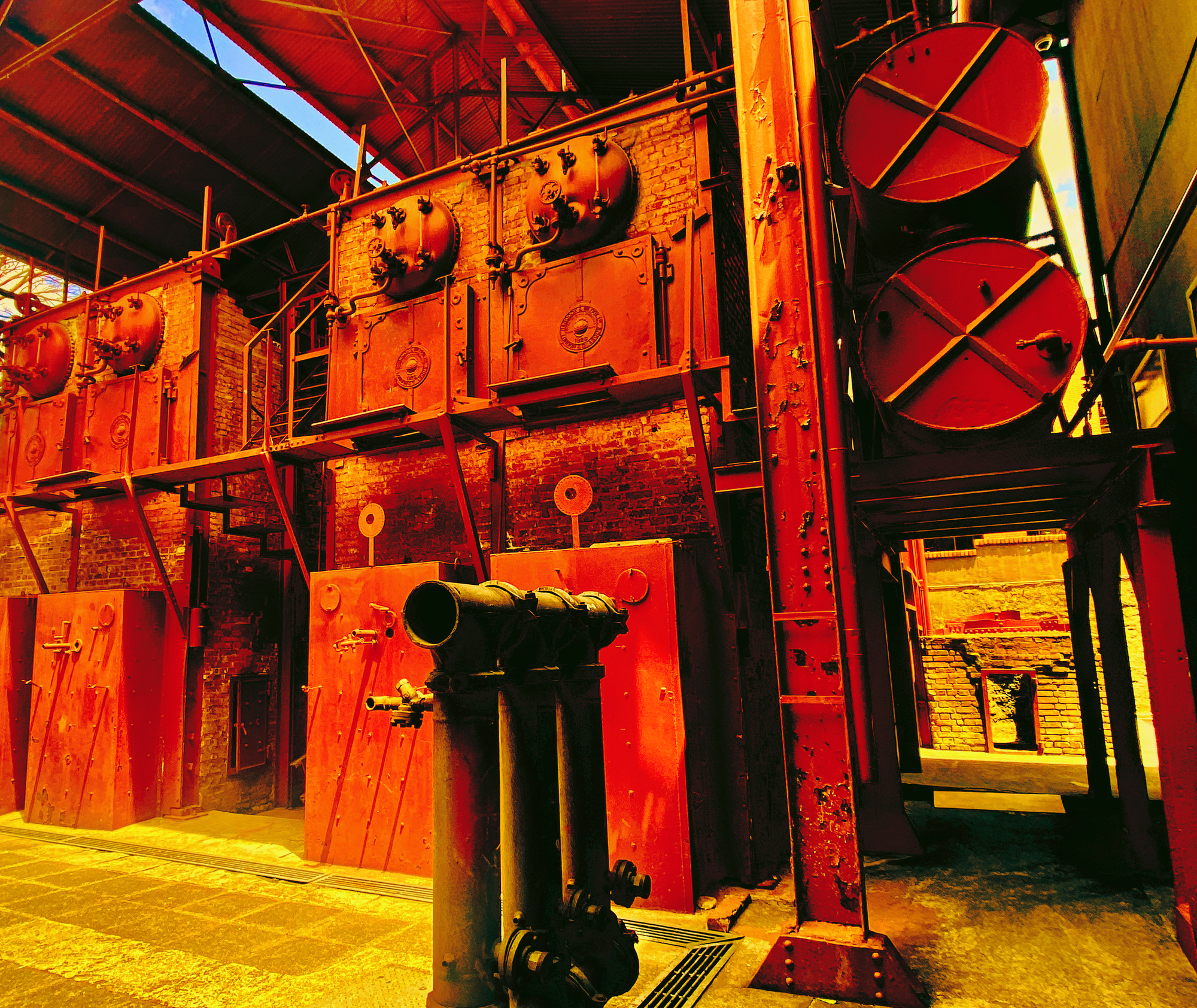A Question of Scale and Vantage Point
In our lifetimes, we might witness how humanity could finally harness breakthroughs to unprecedented new levels, unlike anything we’ve imagined.

Revisiting areas where you used to play as a child teaches you a lot about vantage points. For example, the buildings, streets, homes, gardens, and parks, which seemed enormous in the past, are actually smaller than how you remember them. Likewise, the challenges and dilemmas that might have tormented us before seem less dramatic than how we remembered them. When confronted with the present reality, we must often reassess the scale of many buildings, places, and memories. How we remember and experience life depends directly on vantage points — our state and position concerning what we’re perceiving or seeing.
Writers, artists, scientists, and engineers have advanced the possibilities of extended space settlements and travel for decades. However, the question of scale left many top experts scratching their heads about what’s possible and feasible. SpaceX’s inaugural flight demonstration of Starship on April 20, 2023, raises exciting new questions about our vantage point and sense of scale for a life in space. Starship is the largest and most powerful launch vehicle ever built in human history, while also intended to be reusable. Perhaps making a life beyond our home planet might not seem as daunting as it was decades ago. It’s a good time to revisit some of the proposals, which might have seemed far-fetched just years ago: rotating space colonies or habitats.
I interviewed Pekka Janhunen, a research manager at the Finnish Meteorological Institute, for an article in 2021 about advancing space propulsion. A theoretical physicist by training, Pekka Janhunen is also the Senior Technical Advisor to the Finnish startup Aurora Propulsion Technologies. For the article, I focused on Janhunen’s proposal about the E- Sail, a type of propellantless solar sail propulsion system for smaller missions, which integrates a solar-powered electron gun to keep the spacecraft in motion and tethers it with a high positive charge (approximately 20 kV). E-sails are strong candidates for supporting cargo and refueling needs for crewed Mars missions. He’d also written an intriguing preprint about a rotating mega-habitat or a “megasatellite world” in Ceres’s orbit, which much like Pluto, is a dwarf planet smaller than any of the planets in our Solar System, but the largest object in the asteroid belt between Mars and Jupiter.
Janhunen’s preprint on arXiv received attention in science and social media, with further documentation on the E-Sail’s main website. However, it piqued my curiosity at that time that few outlets connected the preprint with previous references about settlements in Ceres. For example, the science fiction TV show The Expanse built an entire world on Ceres a couple of years earlier, which resonates with my thoughts about how our sense of scale often depends on vantage point.
Although there is still no version of Janhunen’s scholarly work yet in any peer-reviewed scientific journal since we last spoke, and only alternative commentaries are available, allow me to highlight the basics: the lack of Earthlike-gravity is of utmost concern because it directly impacts our health, ability to function, and any prospects for sexual reproduction and childbearing, which are vital to sustaining any civilization. Therefore, orbiting space settlements on strategic dwarf planets or moons offer a better alternative than colonies on the surface of celestial bodies such as the Moon or Mars. Ceres offers a series of strategic astrobiological advantages for maintaining human life, mining, and in-situ resource utilization (ISRU), which in the case of Janhunen’s work, can be transported via space elevators from Ceres's surface to the orbiting mega satellite world. A strategic advantage relates to the abundance of rich organic matter and minerals containing water, as demonstrated by the NASA Dawn mission (2008 - 2017). Led by researchers from the Istituto Nazionale di Astrofisica–Istituto di Astrofisica e Planetologia Spaziali in Rome, detailed findings were published in Science (2017) and Life (2021). It would be interesting to read a peer-reviewed, interdisciplinary rigorous assessment of Janhunen’s timeframes and the technological and financial limitations to build massive rotating infrastructures, space elevators, ISRU, and mining.
Looking back at rotating space settlements in history
The proposal for rotating space settlements is not new. Konstantin Tsolkiovsky, which I’ve written about before, explored orbiting cylindrical space settlements in the early 20th century, with numerous different iterations being advanced by scientists in academia, research organizations, space agencies, as well as science fiction writers and creators throughout the 1900s. For example, the U.S. experimental physicist and inventor Gerard O’Neill, advanced rotating space colonies in a first paper on Physics Today (1974) and later in his first book The High Frontier: Human Colonies in Space (1976), which has been revisited in a documentary.
A 200+ page 1977 NASA technical report titled Space Settlements: A Design Study incorporated O’Neill as technical director. It is a fascinating study with a polished narrative and beautiful illustrations, including the detailed calculations by numerous professors of engineering, physical science, social science, and architecture. The study’s authors have a particular interest to paint a gradual, logical timeline of building upon successes starting from basic architecture, fabrication, materials, parameters, transportation, agriculture, etc. Ultimately, the study concluded with optimism about what's feasible for humanity.
“On its basis, space colonization appears to be technically feasible, while the obstacles to further expansion of human frontiers in this way are principally philosophical, political, and social rather than technological.” (Pg 1)
In our lifetimes, we might witness how humanity could finally harness the convergence of advances and breakthroughs in computation, AI, autonomous systems, astrobiology, genetic engineering, synthetic biology, and rocket propulsion to unprecedented new levels, unlike anything we’ve imagined. And just like we grow up from our childhood days, it will be necessary to adjust our sense of scale and vantage point of what’s possible. As O’Neill wrote in 1974:
“New ideas are controversial when they challenge orthodoxy, but orthodoxy changes with time, often surprisingly fast.” (Pg 32).

